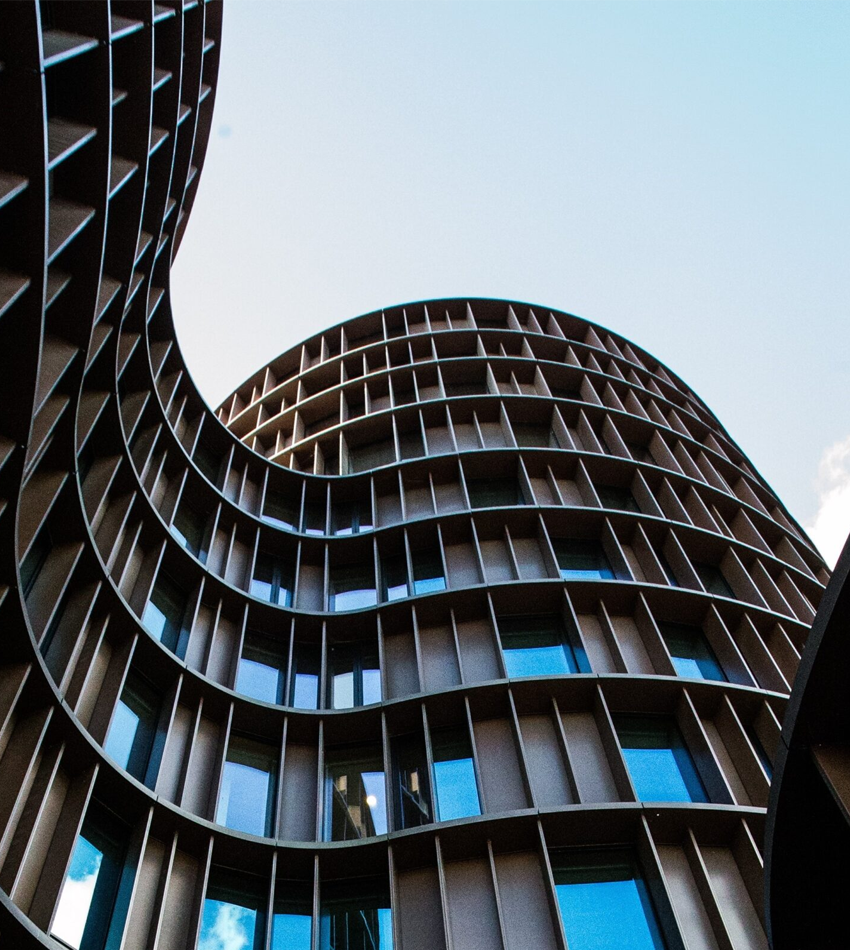Understanding the Risks and Importance of Safety Compliance
Combustible cladding has become a significant concern in the construction industry due to its fire hazards and safety implications. In recent years, this issue has led to increased regulations and mandatory safety inspections. For property owners, developers, architects, and builders, understanding the risks associated with combustible materials is crucial for maintaining fire safety compliance and protecting building occupants.
What is Combustible Cladding?
Cladding is the exterior material that covers a building, offering both aesthetic appeal and practical benefits, such as weather resistance and insulation. When cladding materials are combustible, they can catch fire easily and spread flames quickly. These materials pose serious risks to both the structure and the people inside.
Common materials used in combustible cladding include:
- Polyurethane (PU) panels
- Expanded polystyrene (EPS)
- Polyethylene (PE) core composite panels
- Vinyl or PVC
These materials can fuel a fire, allowing flames to spread rapidly, which increases the danger in the event of a blaze.
Why is Combustible Cladding a Safety Concern?
Combustible materials present significant fire risks, particularly in high-rise buildings. If a fire breaks out, cladding can ignite and quickly spread flames along the building’s exterior. This can lead to devastating consequences, including:
- Increased fire spread: The exterior cladding can act as a pathway for flames, enabling them to move swiftly from floor to floor or across large areas.
- Blocked escape routes: In a fire, the cladding can obstruct escape routes, making it difficult for occupants to evacuate.
- Structural damage: The intense heat generated by burning cladding can weaken the building’s structure, increasing the risk of collapse.
- Danger to emergency responders: Firefighters and emergency teams may face increased danger if they’re unaware of the specific risks posed by exterior materials.
The Grenfell Tower fire in London (2017) underscored the dangers posed by flammable cladding, leading to global scrutiny of building material safety. Read More.
Identifying Risky Cladding in Your Building
If your building was constructed or renovated before fire safety regulations became stricter, it may still contain materials that are prone to catching fire. Buildings built before 2018 are more likely to have these materials, as earlier codes didn’t require the same level of scrutiny.
To assess the risk of fire hazards, building owners and managers should take these steps:
- Consult experts: A building consultant or façade engineer can help identify materials that may be a fire risk.
- Review original documentation: Construction plans and material specifications can reveal what cladding was used.
- Conduct inspections: Regular inspections can help spot signs of wear or potential fire hazards.
Australian Regulations and Combustible Materials
Following several high-profile incidents, Australian regulations have taken a stricter stance on building materials. The National Construction Code (NCC) and Australian Standards now require the use of non-combustible or fire-resistant cladding materials.
If your building contains combustible materials, you will need to take remediation actions to bring it up to code. Possible steps include:
- Replacing flammable cladding: Materials like cement sheeting, fire-rated panels, or brick veneer can replace dangerous materials.
- Installing fire barriers: Fire-resistant barriers can slow fire spread between the cladding and the building’s structure.
- Upgrading fire safety measures: Adding or improving fire sprinkler systems and alarms may be necessary to meet modern safety standards.
Building owners will likely need to submit fire safety reports and undergo regular audits to confirm their compliance.
The Importance of Compliance
Combustible materials pose serious risks that extend beyond property damage. Ensuring that a building meets fire safety standards is vital for protecting lives and preventing legal or financial consequences.
Addressing these concerns early is crucial. While the costs of remediation can be high, the potential expenses from non-compliance—damage, injury, or loss of life—are far greater.
Remediation Services for Combustible Cladding
If you suspect that your building contains flammable cladding, immediate action is needed. Elite Australian Engineering offers comprehensive inspection and remediation services, including:
- Cladding inspections and testing: We assess exterior materials to identify fire hazards and provide detailed reports on safety. Find out how EAE can help.
- Remediation solutions: Our experts design tailored solutions to replace or retrofit combustible cladding with safer materials. Find out how EAE can help.
- Expert witness and building defect reports: We provide detailed documentation for legal, insurance, and regulatory purposes. Find out how EAE can help.
Conclusion
Combustible cladding presents a serious fire safety threat that can have devastating effects on buildings and their occupants. Ensuring compliance with fire safety regulations is essential for property owners, builders, and developers. By taking proactive steps to identify and address these risks, you can protect both your property and its occupants.
If you’re concerned about combustible materials in your building, contact Elite Australian Engineering today. Our expert team will assist you in identifying, addressing, and resolving cladding issues, ensuring your building’s long-term safety.


No responses yet